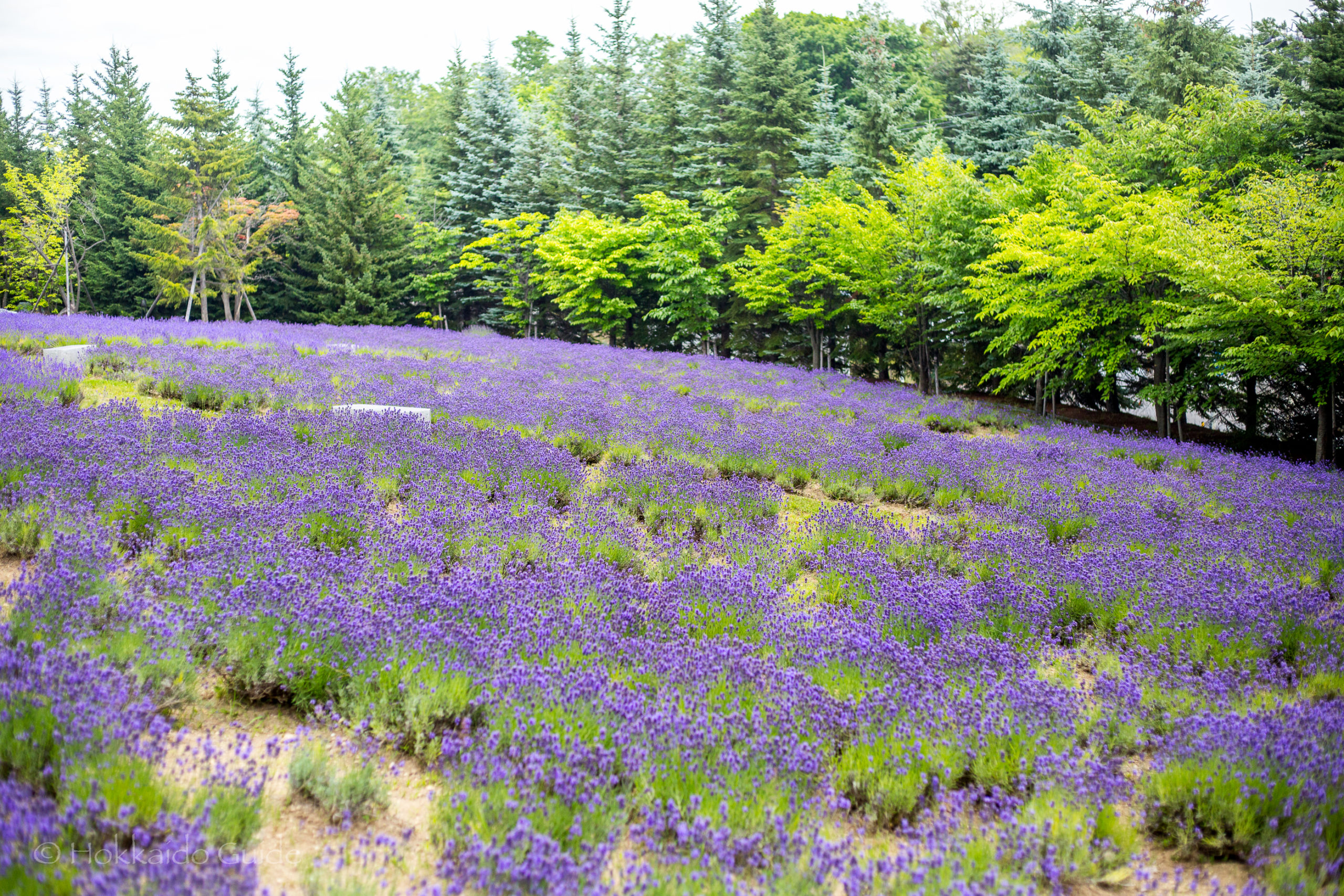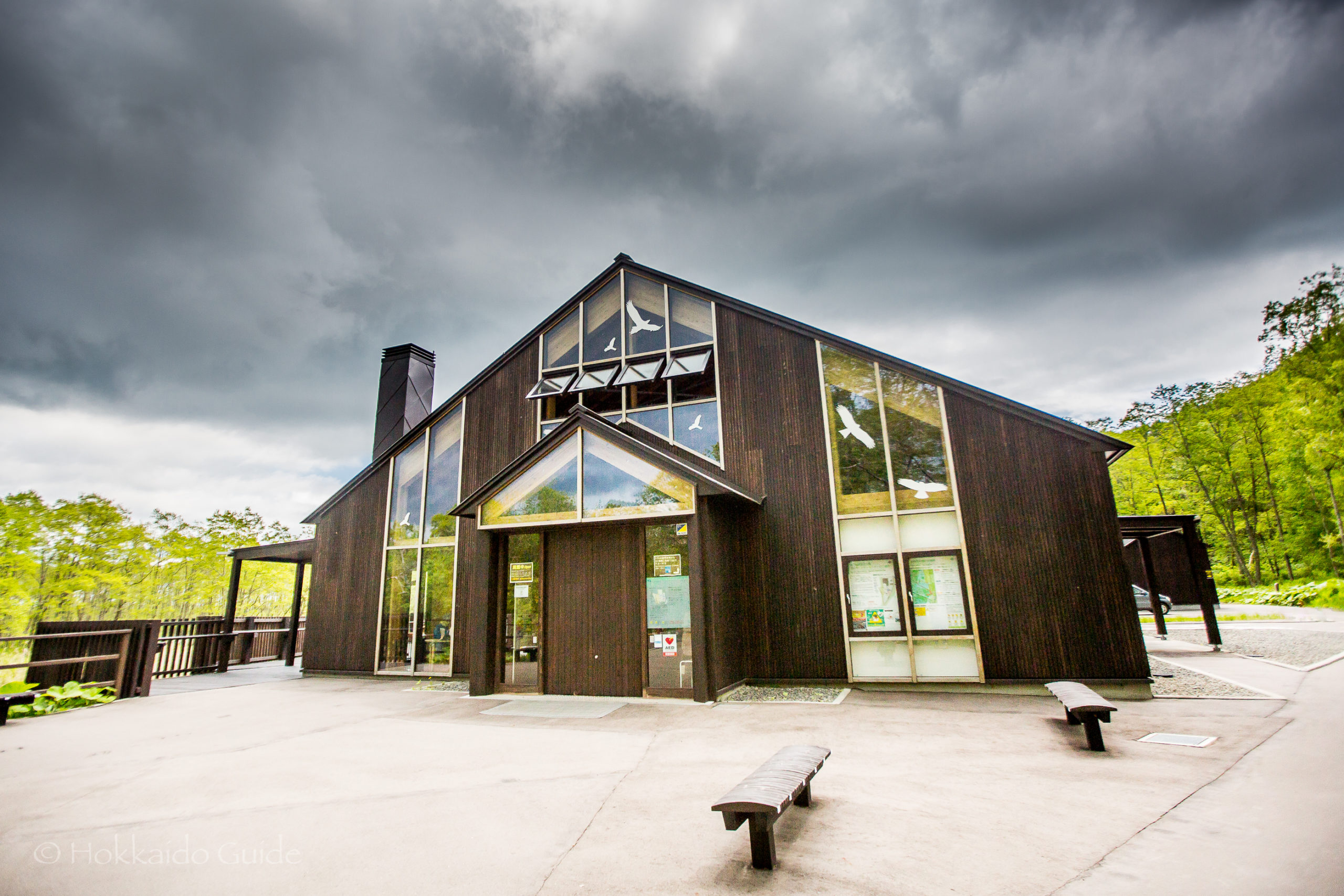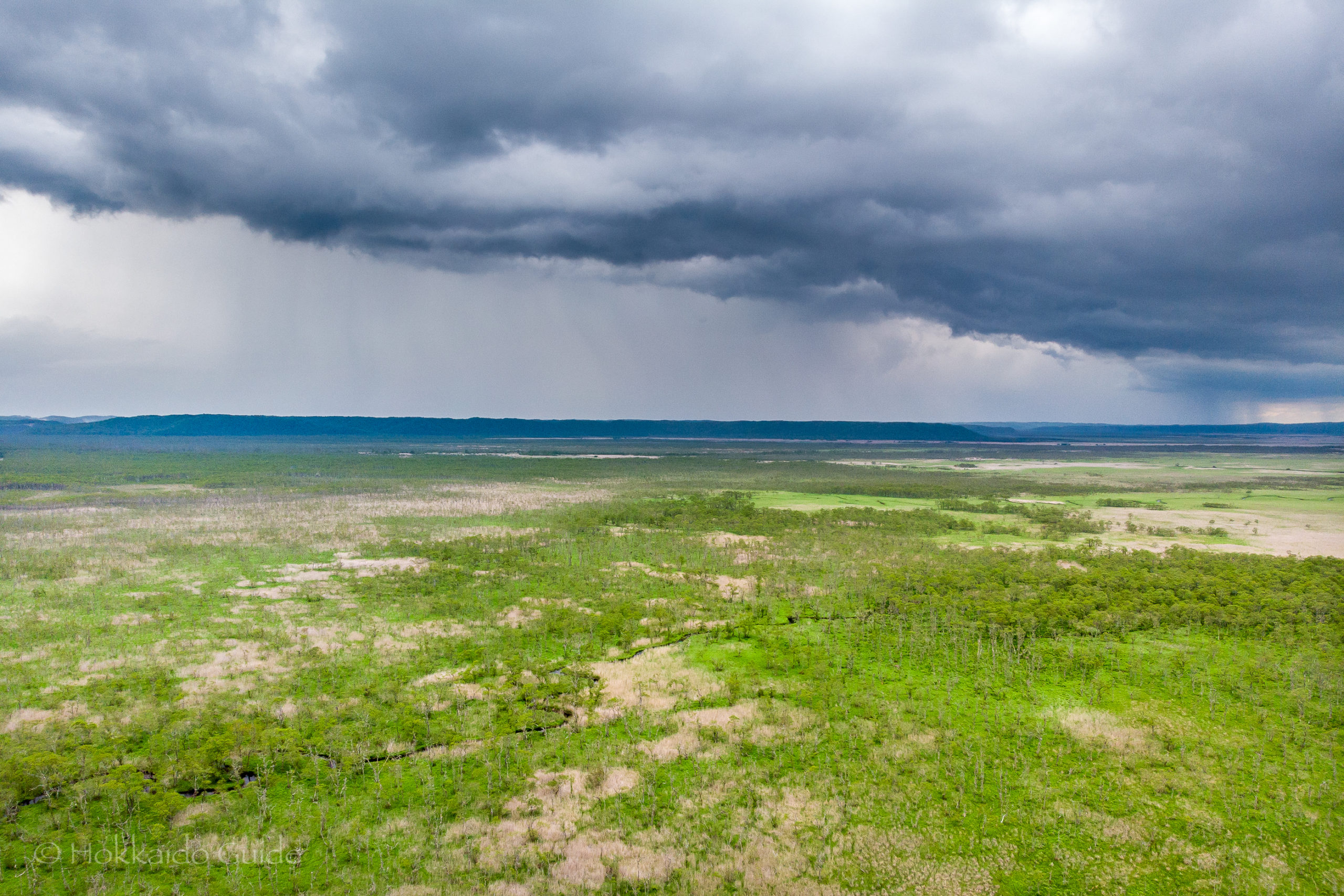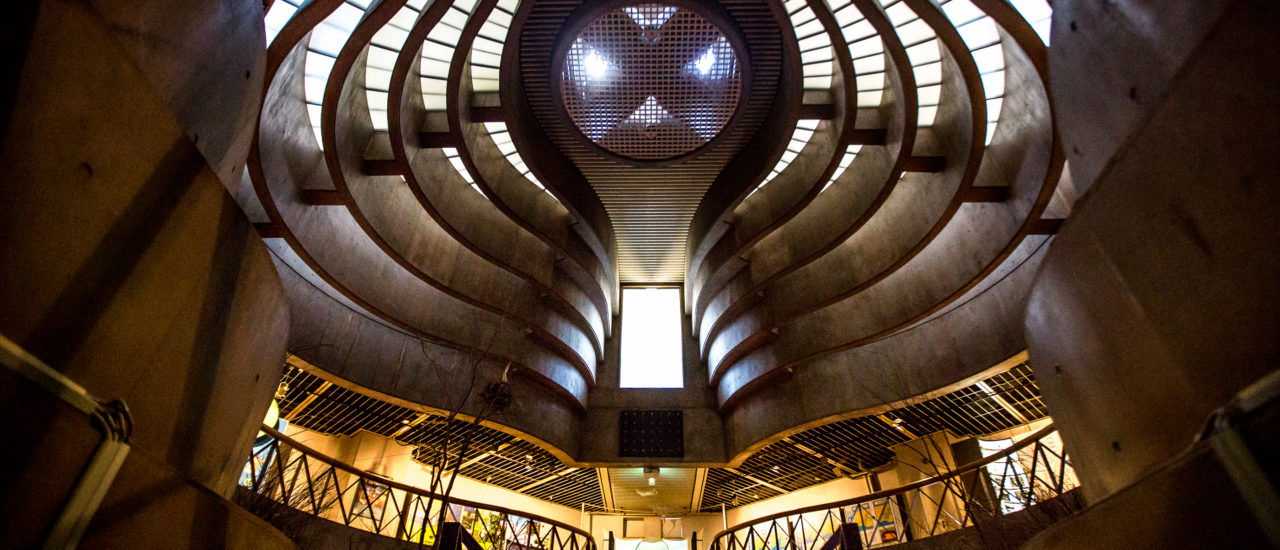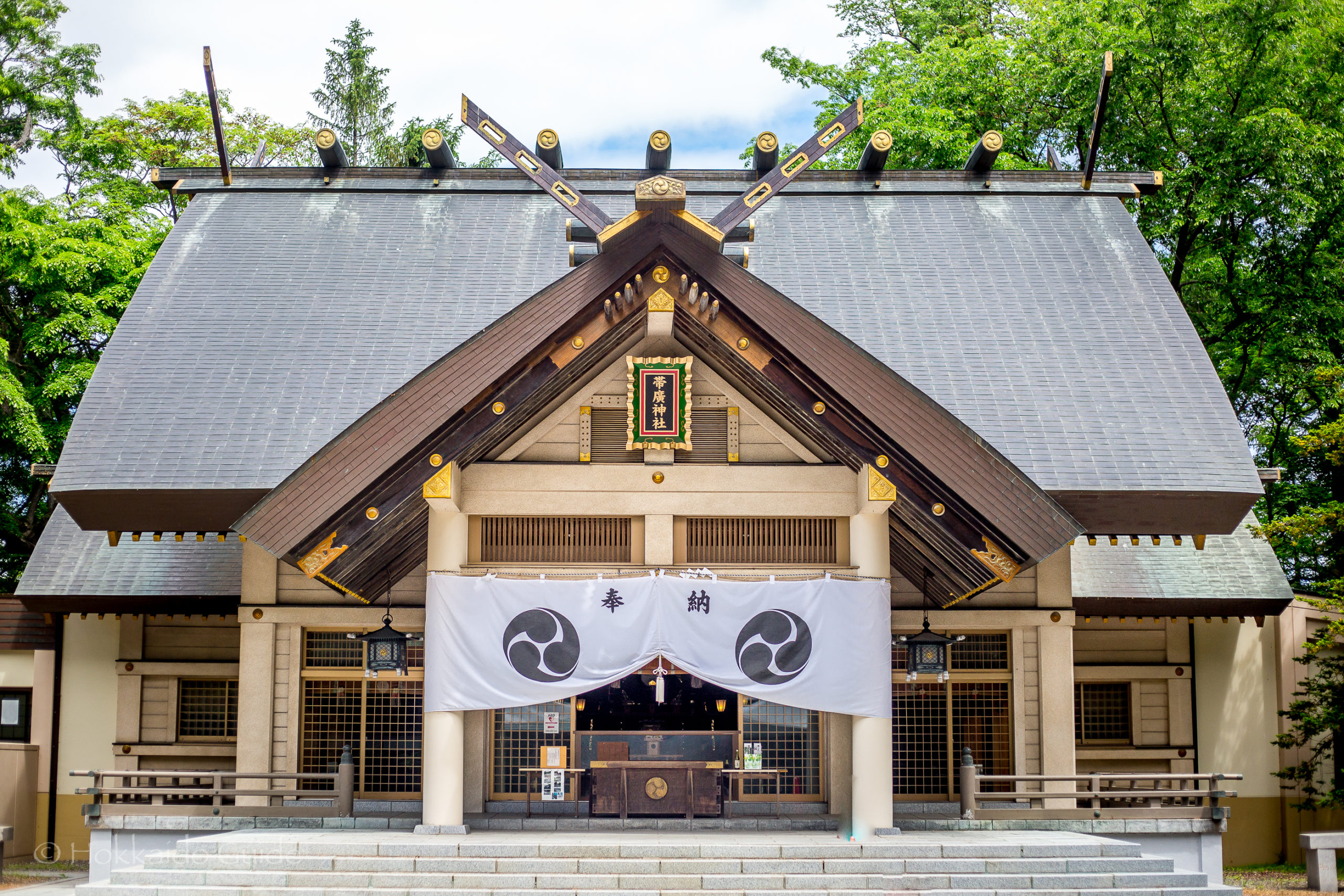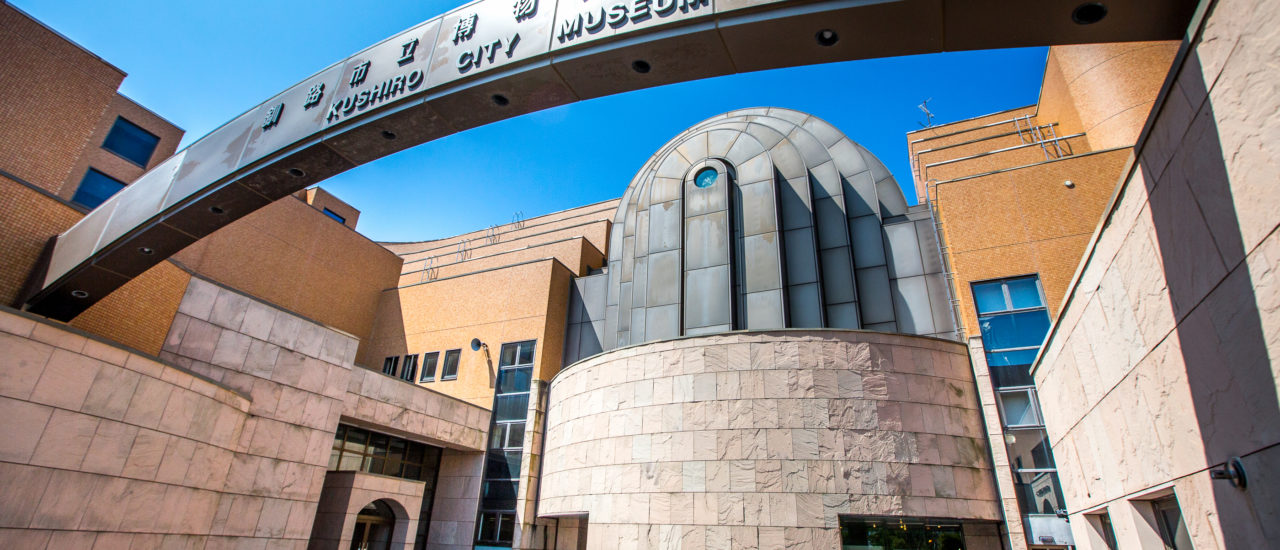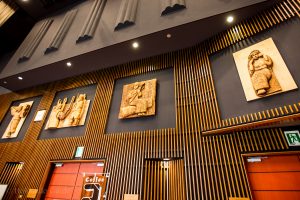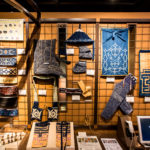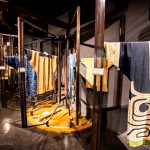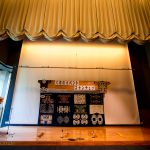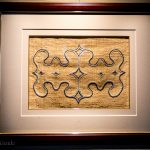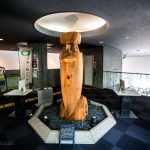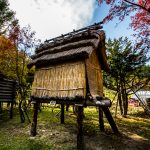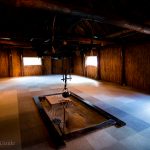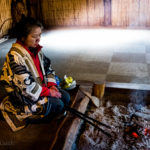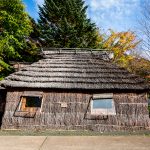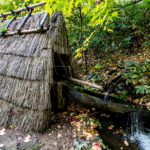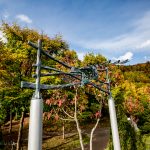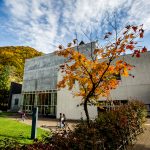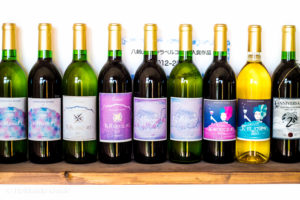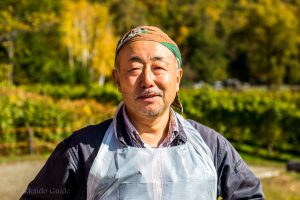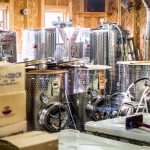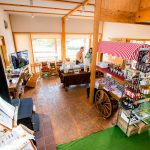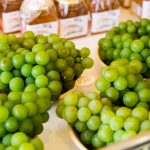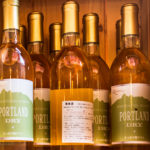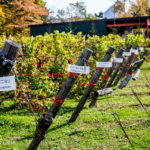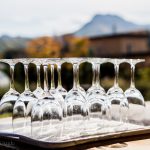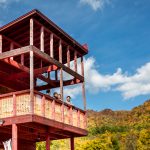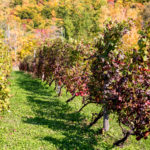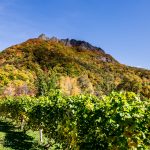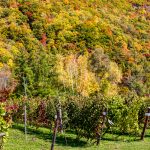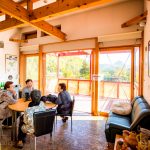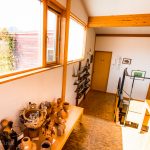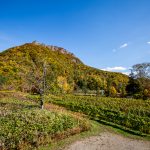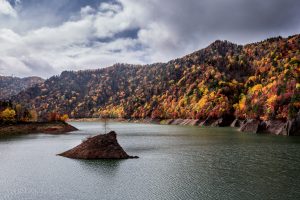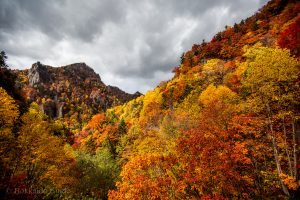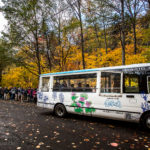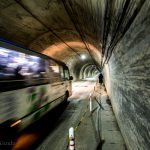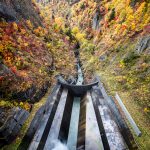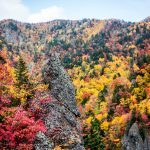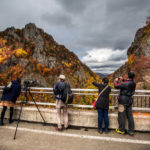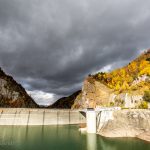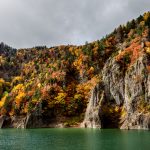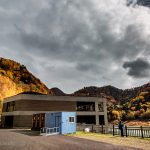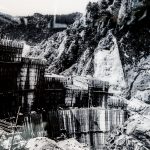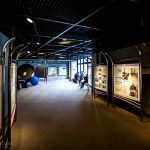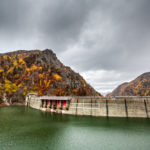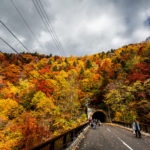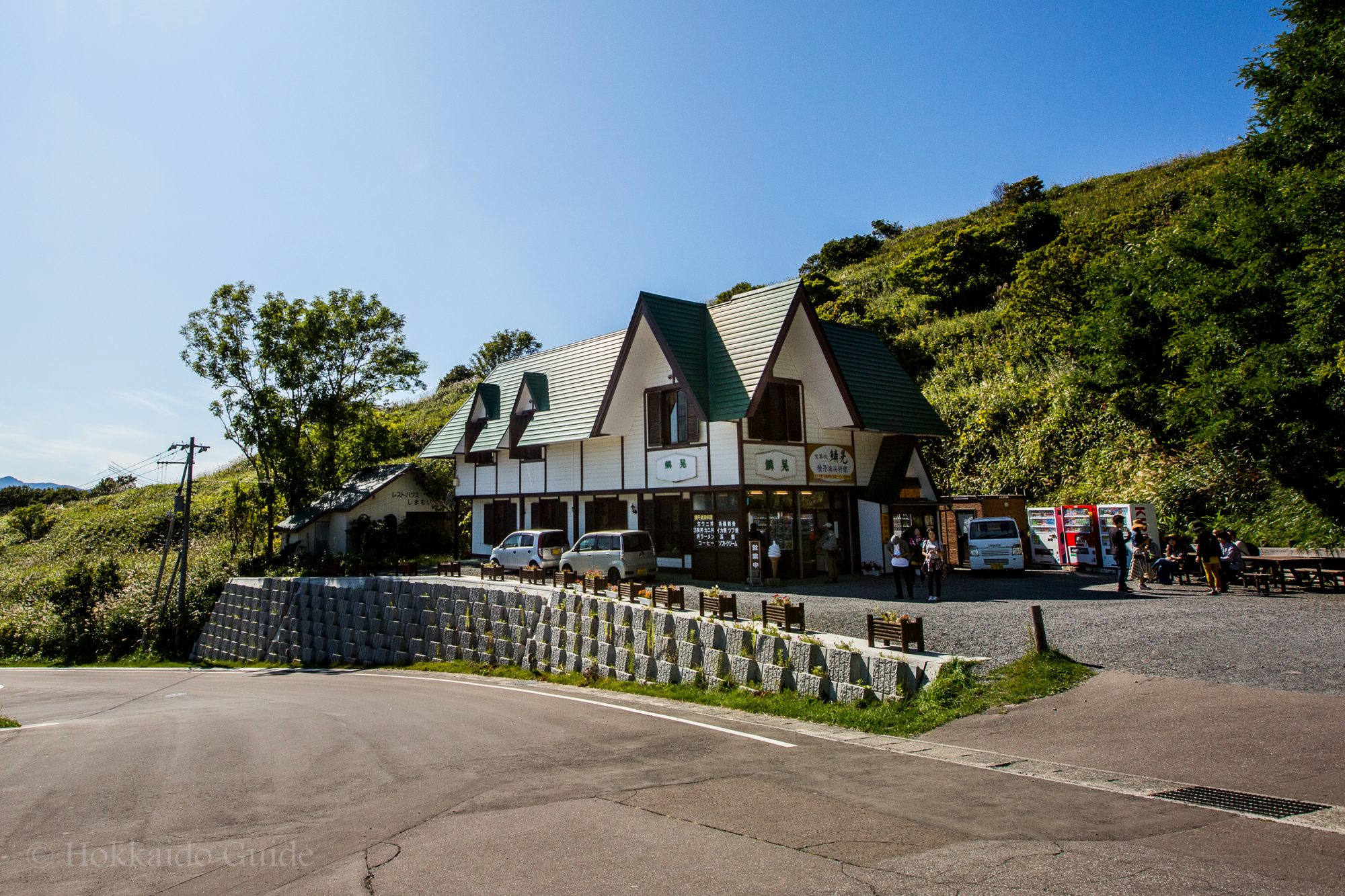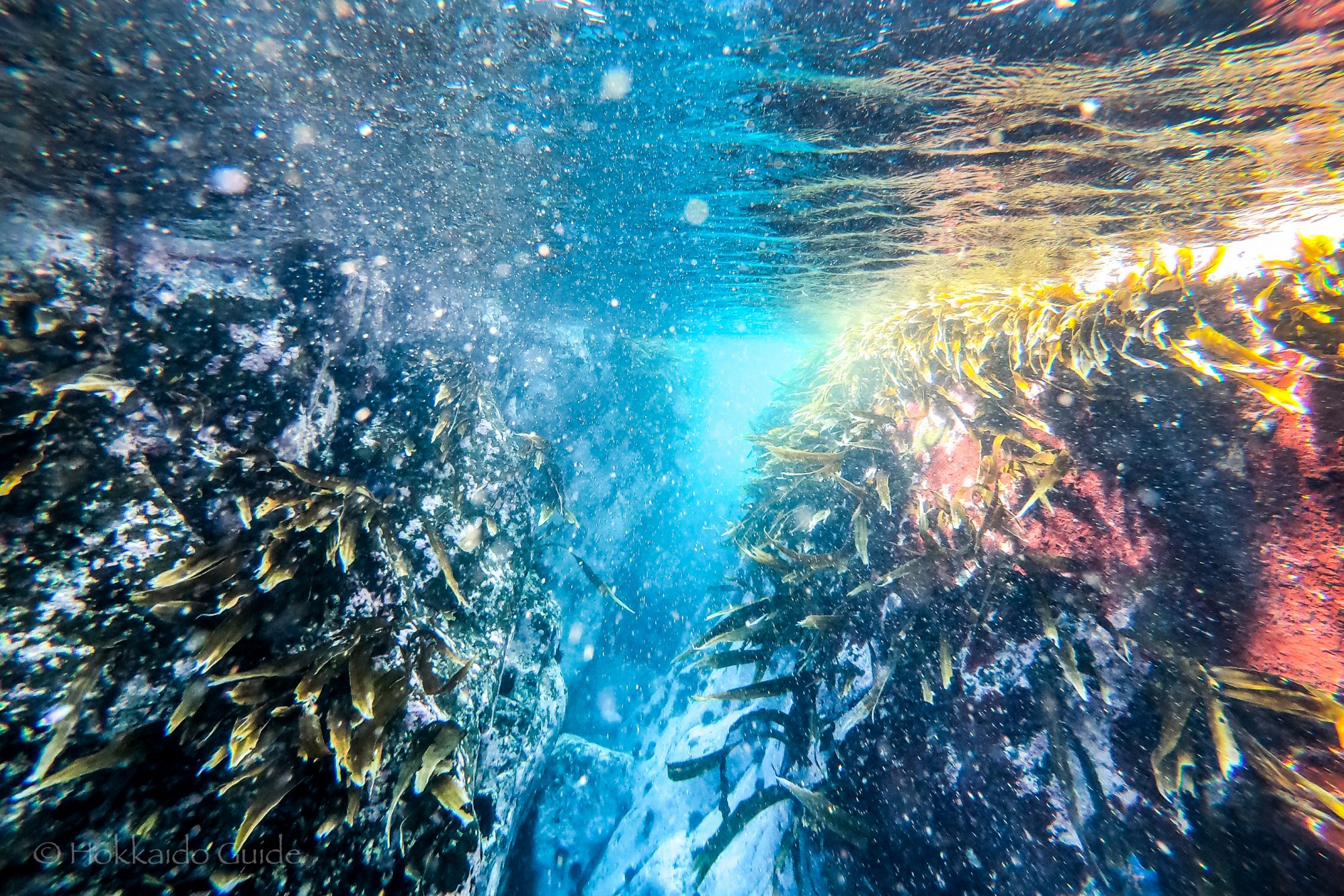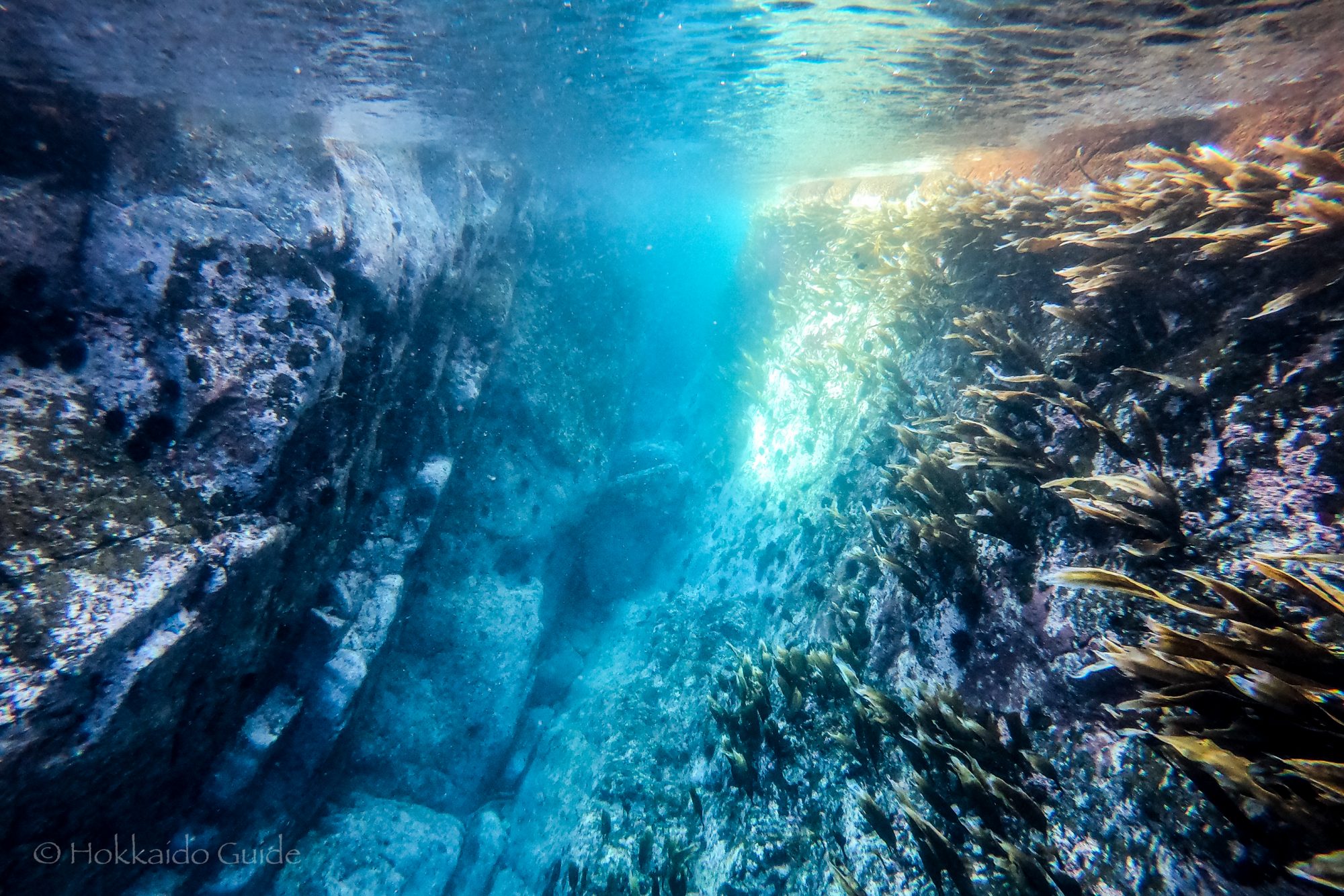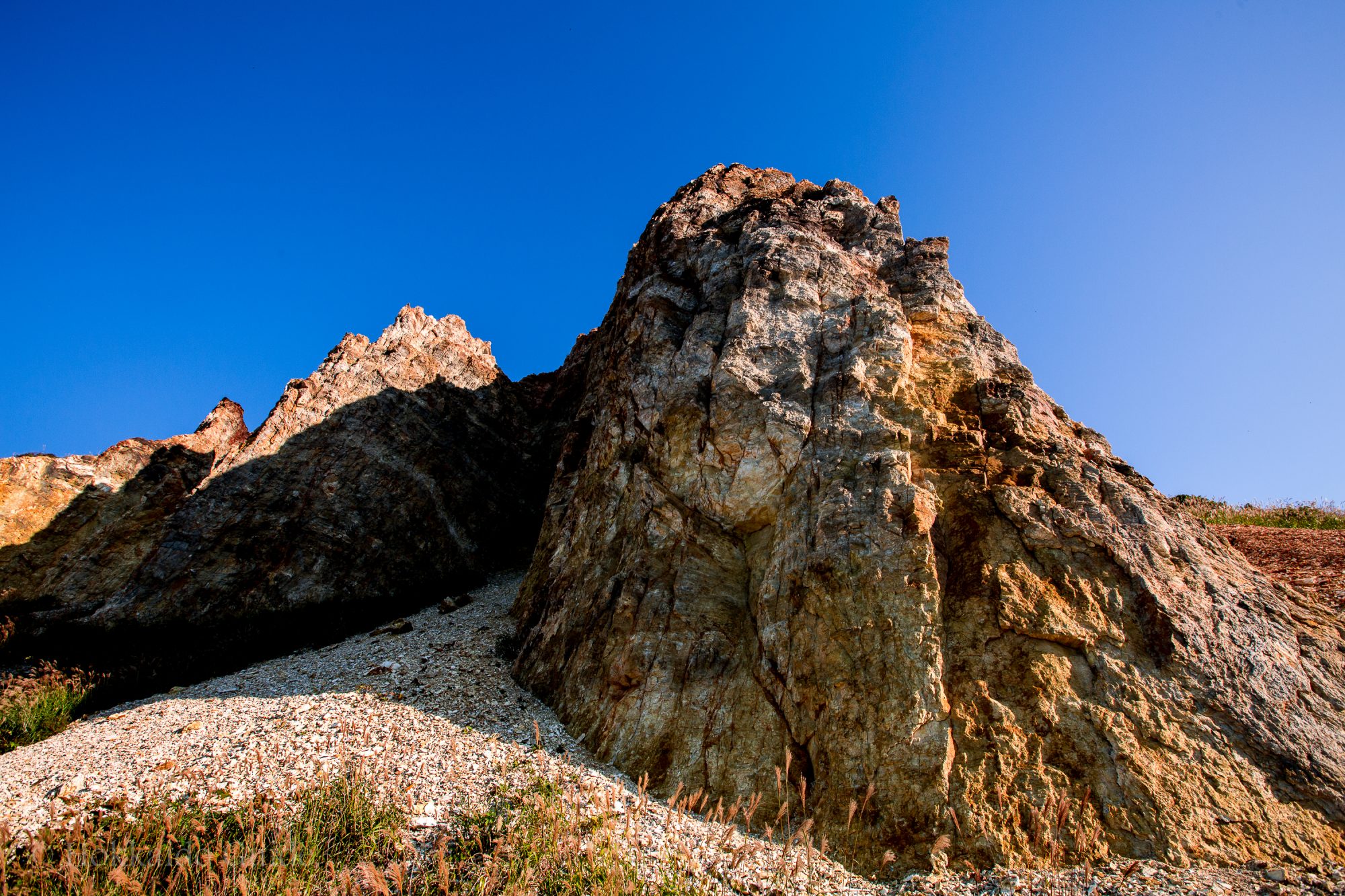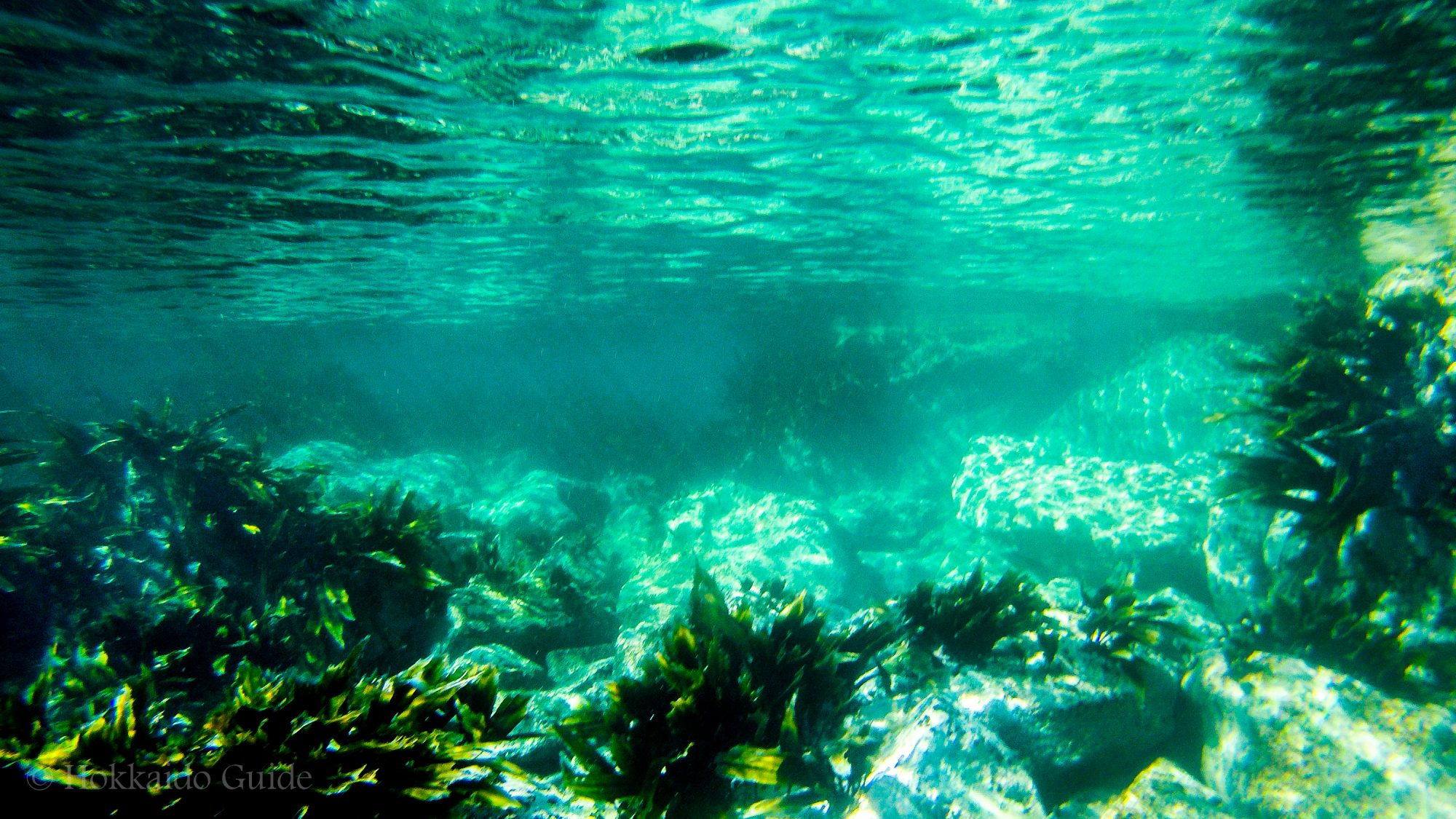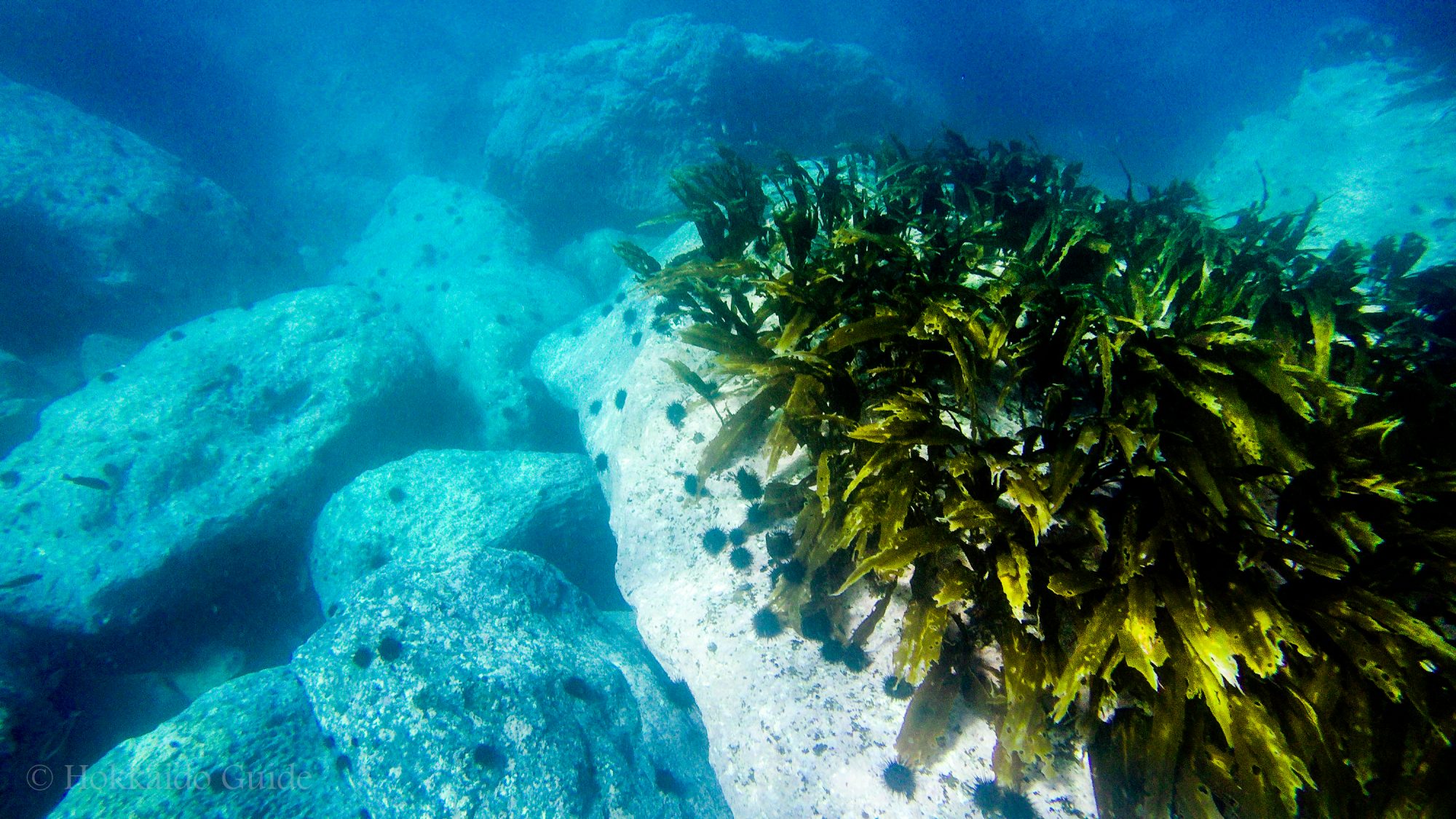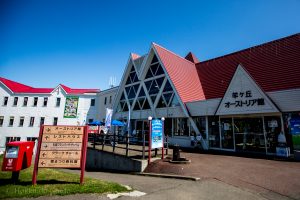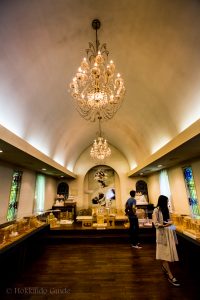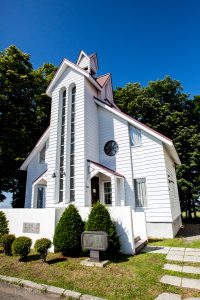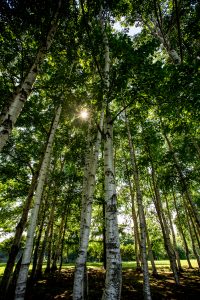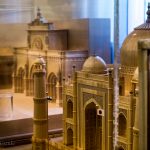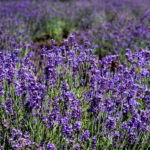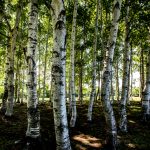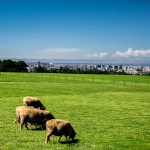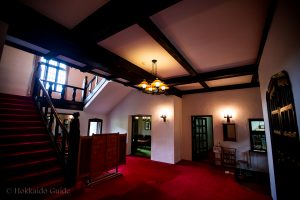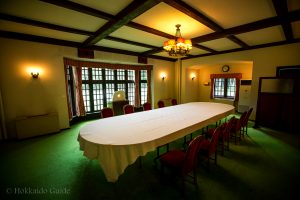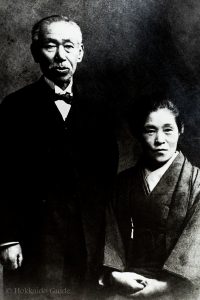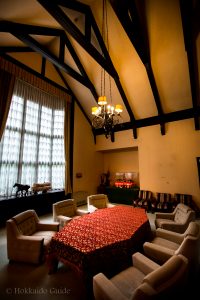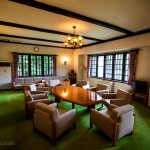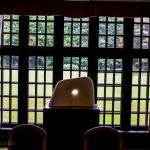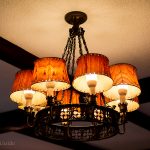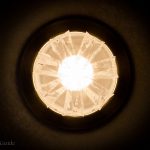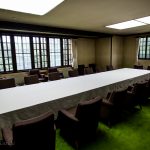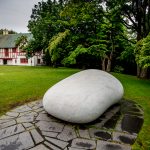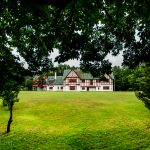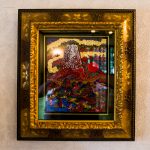
Tag: Sightseeing

Sapporo Ainu Culture Promotion Center
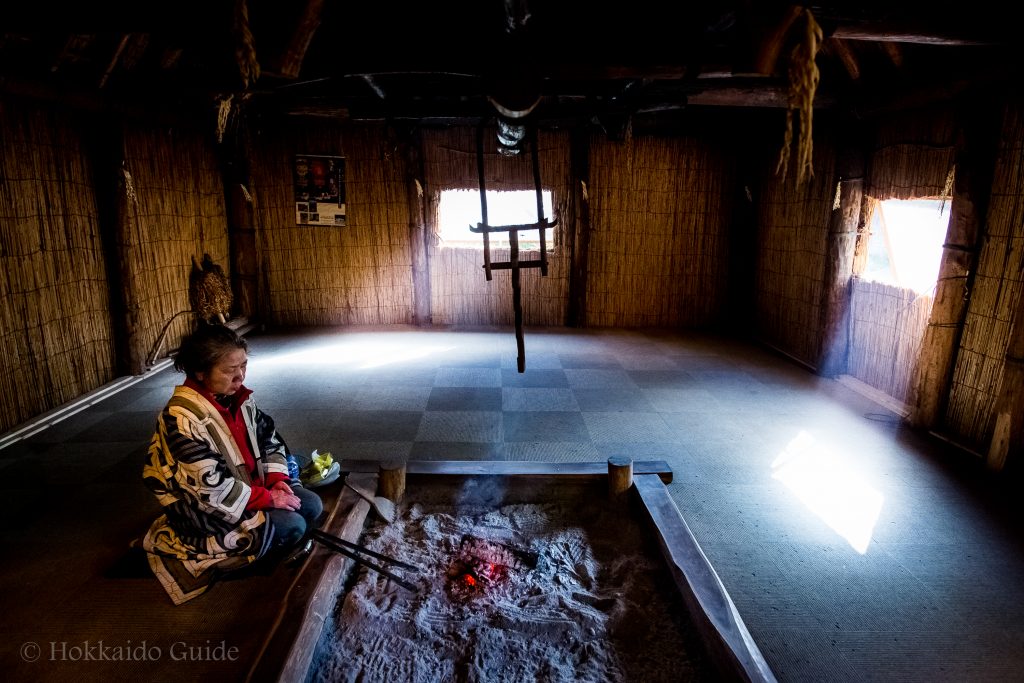
| Admission | Free Exhibition Room: Adults ¥200, High School Students ¥100, free for Junior High School Students or younger |
| Opening Hours | 8:45 - 22:00 (exhibition room and garden: 9:00 - 17:00) |
| Closed | Mondays, holidays, the last Tuesday of the month, year-end through New Year holidays |
| Contact | 011-596-5961 |
| Notes | Wheelchair access |
| Location / Getting There | Postal code061-2302 Sapporo, Hokkaido , Minami-ku, Koganeyu 27 45 minute drive from Sapporo From Sapporo Station, 60 minutes via Jotetsu Bus bound for Jozankei Onsen or Hokeikyo Onsen (Kaisoku 7/Kaisoku 8) From Makomanai Station, 38 minutes via Jotetsu Bus bound for Jozankei Onsen (12) Get off at "Koganeyu" bus stop and walk 6 minutes |
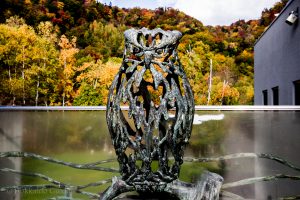
Sculpture at entrance
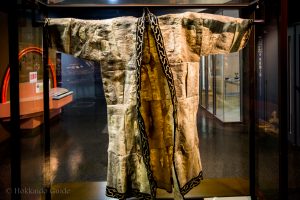
Traditional Ainu clothing
- Items on display
- Traditional hut
- Performance hall
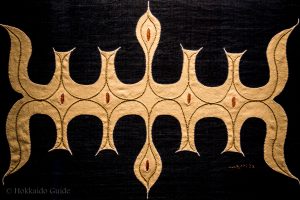
Embroidery
The Ainu Association of Hokkaido Sapporo Branch also holds workshops at the center that teaches Ainu embroidery and how to make the “Mukkuri” which is a traditional Ainu musical instrument. For reservations and fees required; contact Ainu Association of Hokkaido Sapporo Branch at 011-596-1610.
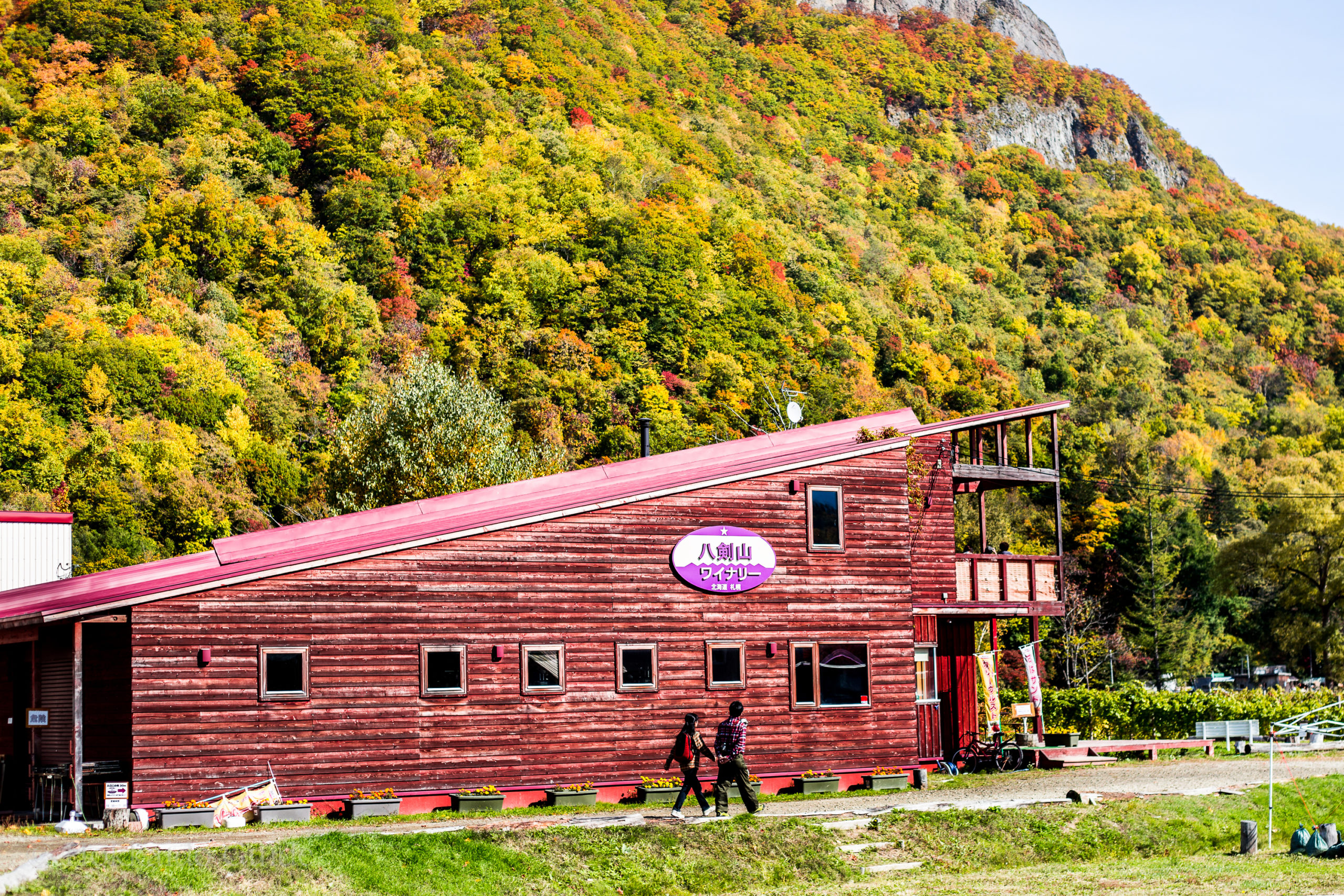
Hakkenzan Winery

| Admission | Free |
| Opening Hours | 10:00 - 17:00 |
| Closed | Mondays |
| Contact | 011-596-3981 http://www.hakkenzanwinery.com/ |
| Notes | Wine tasting Free parking Wheelchair access Toilets available Wine available to purchase Good spot for autumn leaves viewing |
| Location / Getting There | 〒061-2275 Sapporo, South ward, Toyama 194−1 Around a 45 minute drive from Sapporo station Buses available from Sapporo Station (Jotetsu Bus 7 or 8) Buses available from Makomanai Station (Jotetsu Bus 12) Get off at "Toyotaki Shogakko" bus stop, walk 30 minutes |
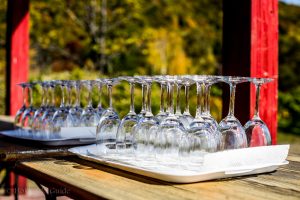 Hakkenzan Winery is located at the foot of Mt. Hakkenzan and was opened in 2011. This pleasant winery sits beautifully in its surroundings with views of the surrounding areas. The winery has 3 vine fields that cultivates more than 25 varieties of grapes. This winery produces some fantastic wines including Pinot Noir, Cabernet Sauvignon, and Chardonnays, to name a few. This winery’s motto is “Wine is made in the field, and the grapes want to be wine”.
Hakkenzan Winery is located at the foot of Mt. Hakkenzan and was opened in 2011. This pleasant winery sits beautifully in its surroundings with views of the surrounding areas. The winery has 3 vine fields that cultivates more than 25 varieties of grapes. This winery produces some fantastic wines including Pinot Noir, Cabernet Sauvignon, and Chardonnays, to name a few. This winery’s motto is “Wine is made in the field, and the grapes want to be wine”.
[the_ad id=”4264″]
View from the balcony
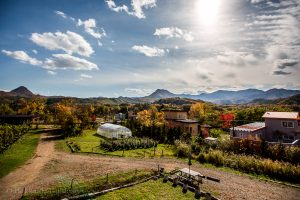
The Hakkenzan Winery is in a fantastic area and is a nice trip all year round. In the area, there are park golf courses, horse riding clubs. Mt Okesan for climbing, and the Jouzankei Hot Springs are only 10 minutes away by car. There is a lot to do so you can really make a day of it!
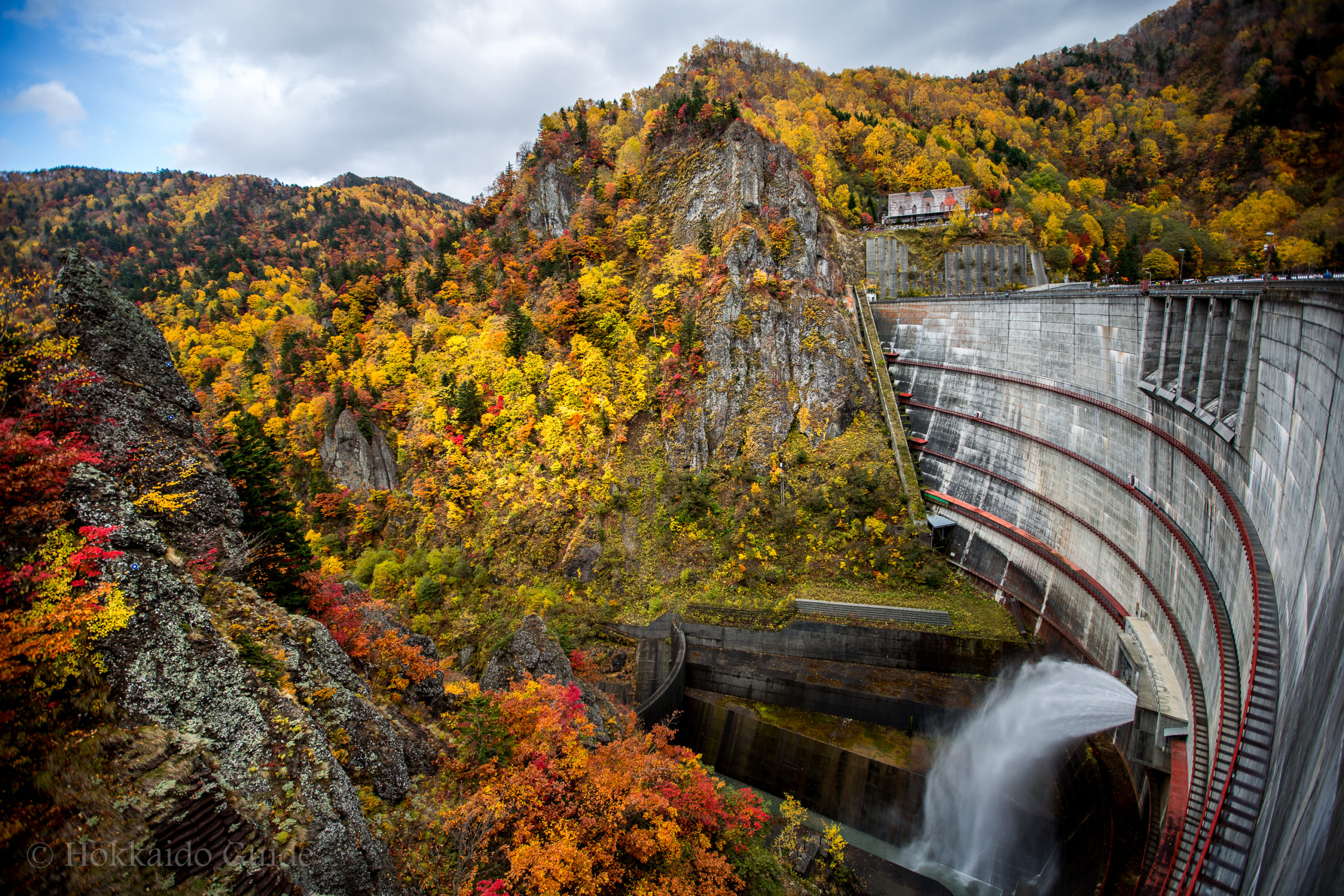
Hoheikyo Dam
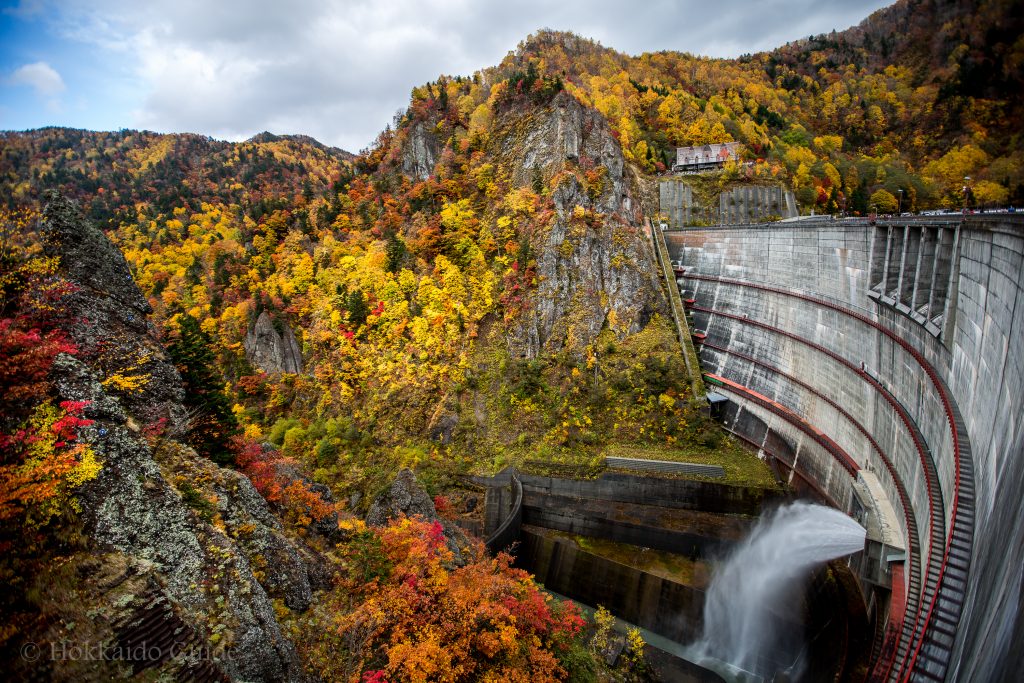
| Admission | Free |
| Opening Hours | All day |
| Shuttle bus hours | 8:45 - 16:00 Adults ¥620, Children ¥300 |
| Contact | 011-598-3452 |
| Notes | Peak spot for autumn leaves viewing Free parking Wheelchair access Toilets available |
| Location / Getting There | Jozankei 840-banchisaki, Minami-ku, Sapporo By car or bus, it's a 1 hour drive from Sapporo During October, it can take all day to get there! By car from Jozankei its an 8 minute drive. |
Jozan lake
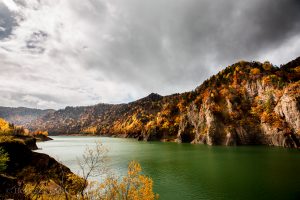
[the_ad id=”4264″]
Restaurant & lookout

From the parking lot, to the dam it is about a kilometer. There is a hybrid electric bus that runs every 10 minutes. The fare (round trip) for adults is ¥620 and ¥300 for children. Children up to 12 years old can ride for free. If you prefer, you can walk this road, which will take about 20 minutes. The road passes through 2 long tunnels but there is a good photo opportunity along the way, looking into the valley.
WARNING!! To get to the dam requires your own transport or by public bus. The peak season in getting to Hoheikyo Dam is in October (for the stunning Autumn leaves). Getting to the dam from Sapporo will take ALL day during this month on the weekend! If possible, visit the dam during weekdays. Buses are available daily from Sapporo to Jozankei. From Jozankei to the dam, shuttle buses are available.
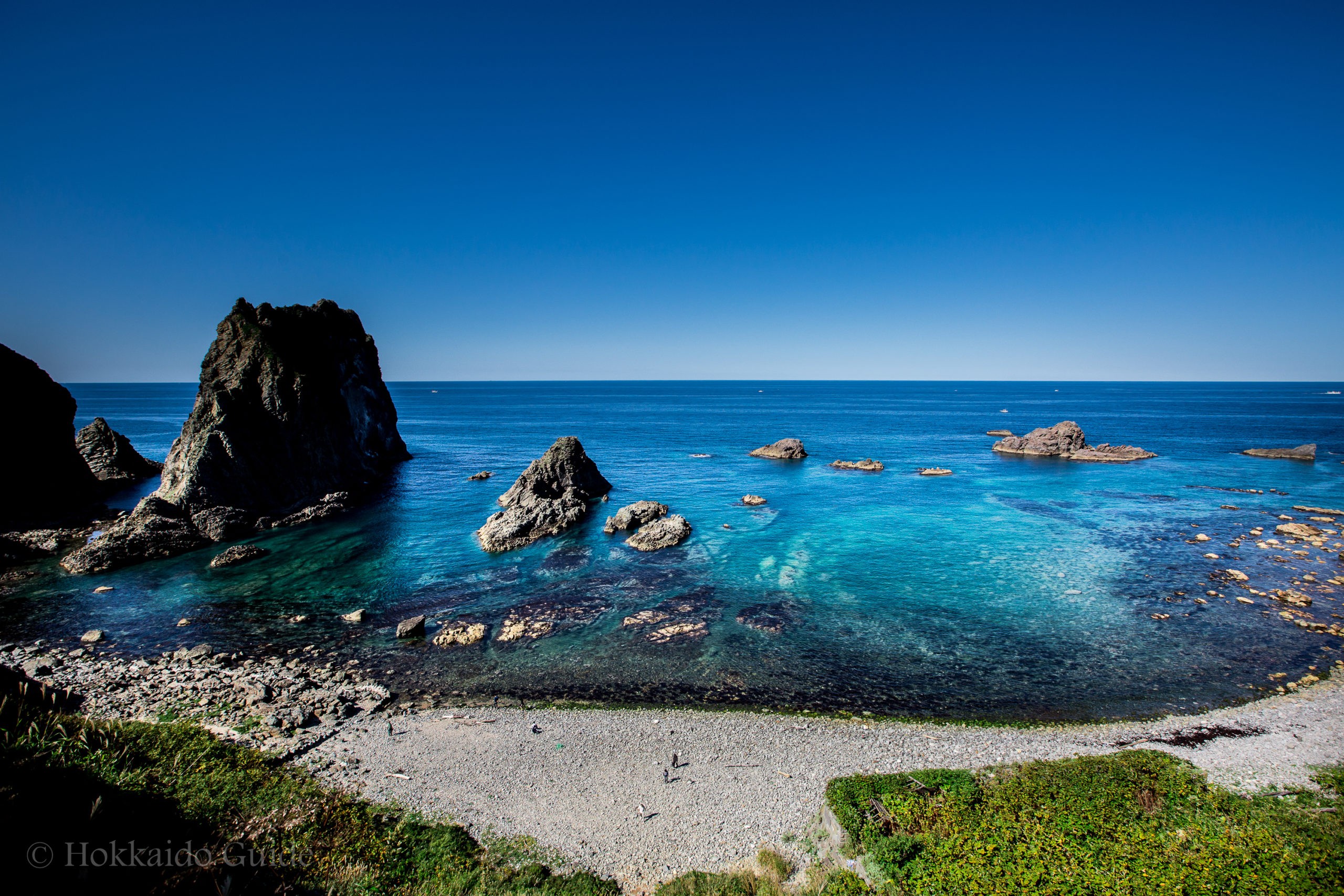
Shimamui Coast (Shakotan)
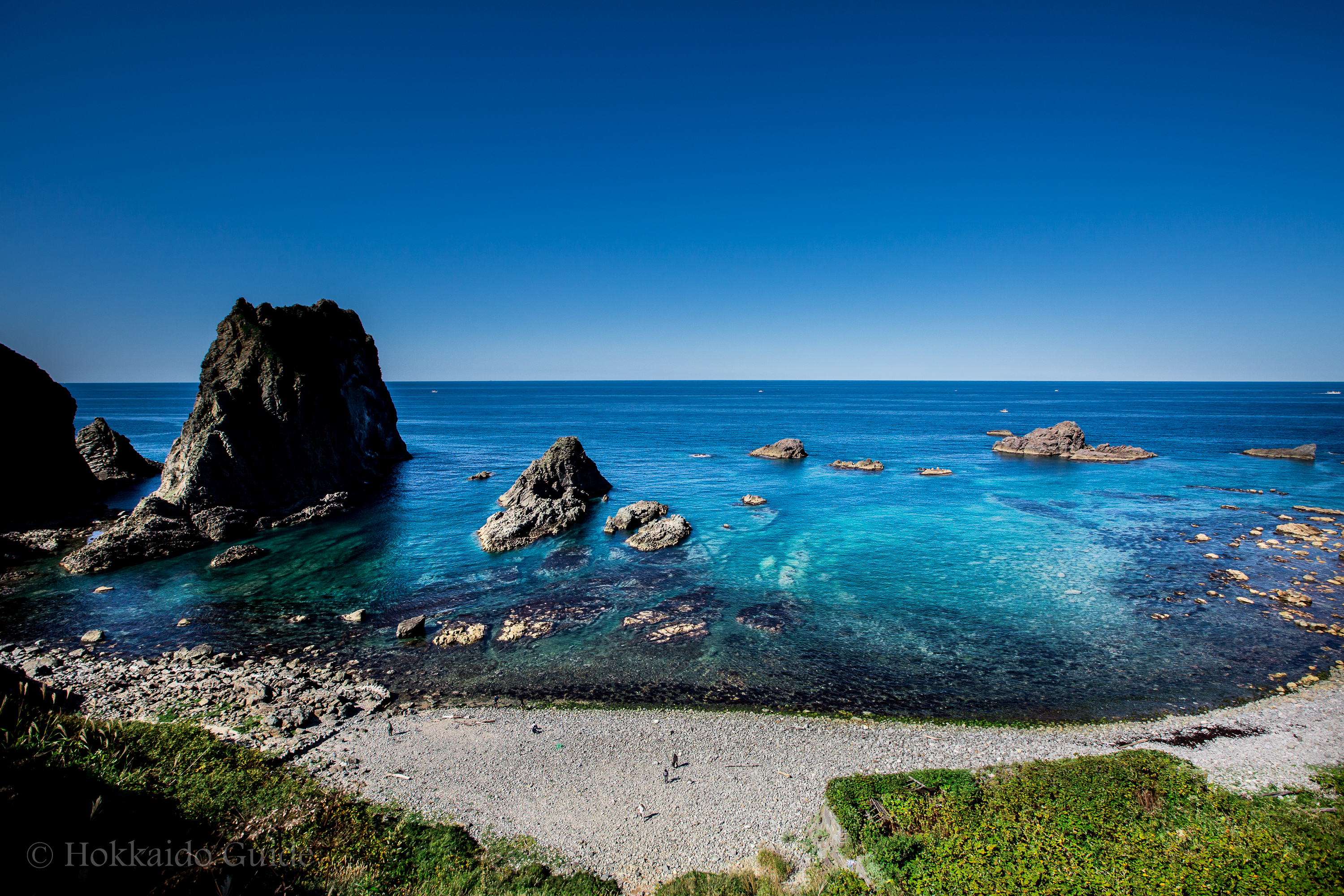
| Admission | Free parking & open all year |
| Notes | Great views of the coast Sea urchin (uni) restaurant Ice cream shop Souvenir shop Restrooms available |
| Contact | 0135-44-3715 |
| Location / Getting There | Located on Shakotan coast Irikacho, Shakotan, Shakotan District, Hokkaido Prefecture 046-0327 2 hour drive from Sapporo |
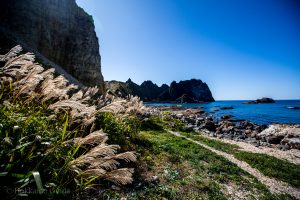
Lovely coastline
Shimamui coast is part of the Shakotan Cape which is on the western coast of Hokkaido. It is located next to Cape Shakotan and is famous for its coastline, and its crystal clear waters. There is a lookout at about 100m above sea level, offering stunning views from the cliffs down onto the water. The lookout is only a 5 minute walk from the car park so its easy to get to! There is a narrow tunnel that leads to the viewing point. There is also one more lookout which is slightly higher and offers similar views.
[the_ad id=”4264″]
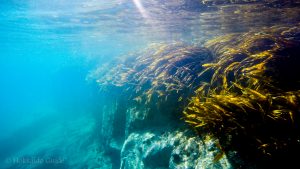
Beautiful clear water
To get down to the water there is a small path that winds its way down to the rocky shoreline. Be aware, this track can get muddy at times. The rocky shore line is surrounded by craggy peaks, that feel primordial. The contrast of these rocks with the water, also known as ‘Shakotan Blue’ is a real feature and a great photo opportunity. The Shimamui Coast was included in the “top 100 coastlines in Japan”. If you fancy a bit of snorkeling in these calm waters you will see thousands of sea urchin, islands and valleys of rock crowned in seaweed, a few fish and you will have stunning views to the bottom! The water is chilly (depending where you come from) so its best in the summer months.
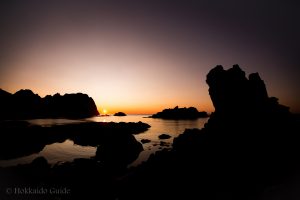
Sunset over Shimamui coast
There may be an opportunity to see seals on the coasts during the winter but you need a pair of long boots or mountain-climbing boots to navigate the snow-covered path to the coasts. After taking in the views, there is a restaurant and souvenir shop named “Rinko” that serves primarily sea urchin in varying dishes. They also have ice cream cones which is perfect in the summer! There is also a separate restroom located next to the parking lot. To make a real day of it, you can head around to Cape Shakotan, Cape Kamui, and Cape Ogon which all have fantastic views and are all near each other!
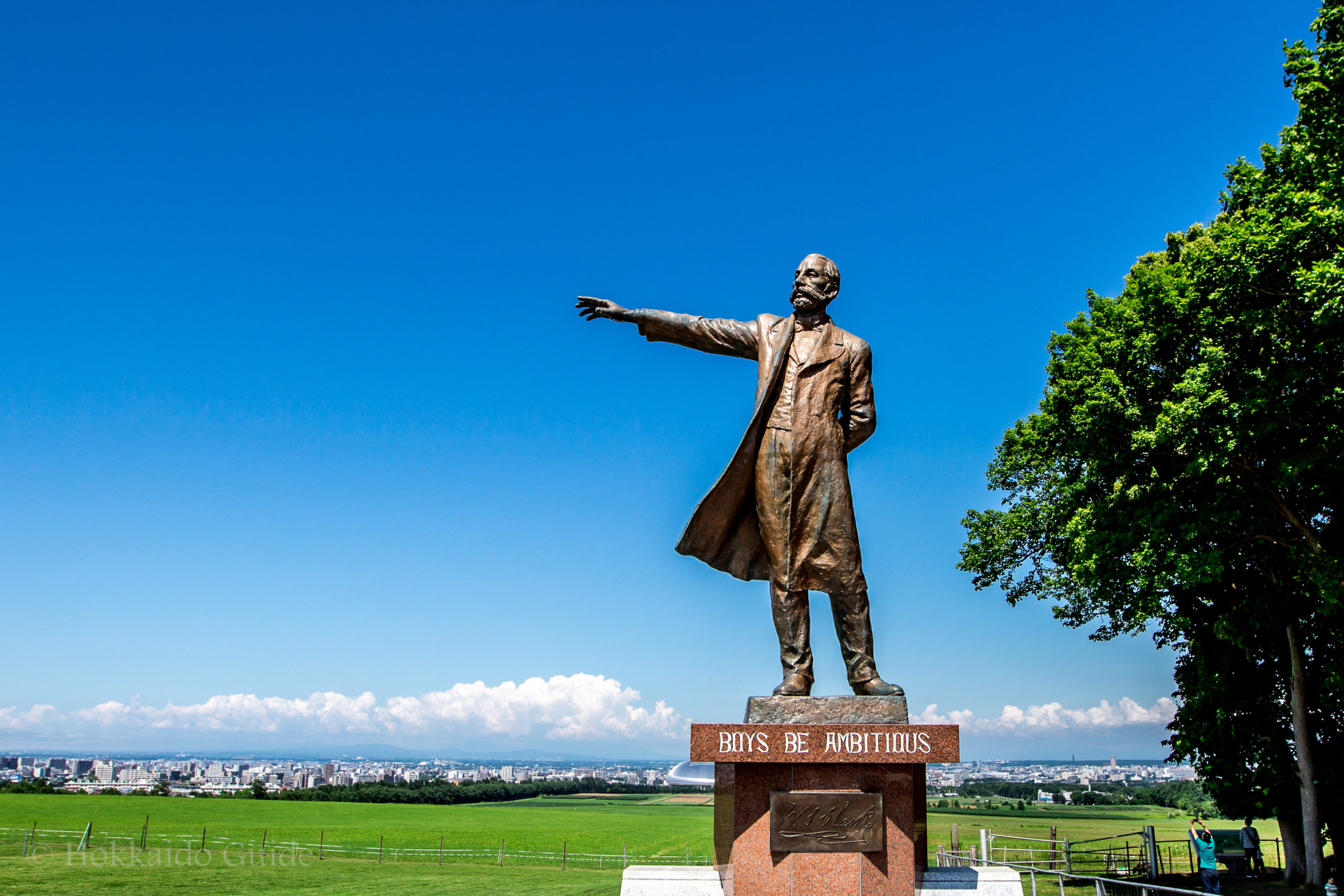
Hitsujigaoka Observation Hill
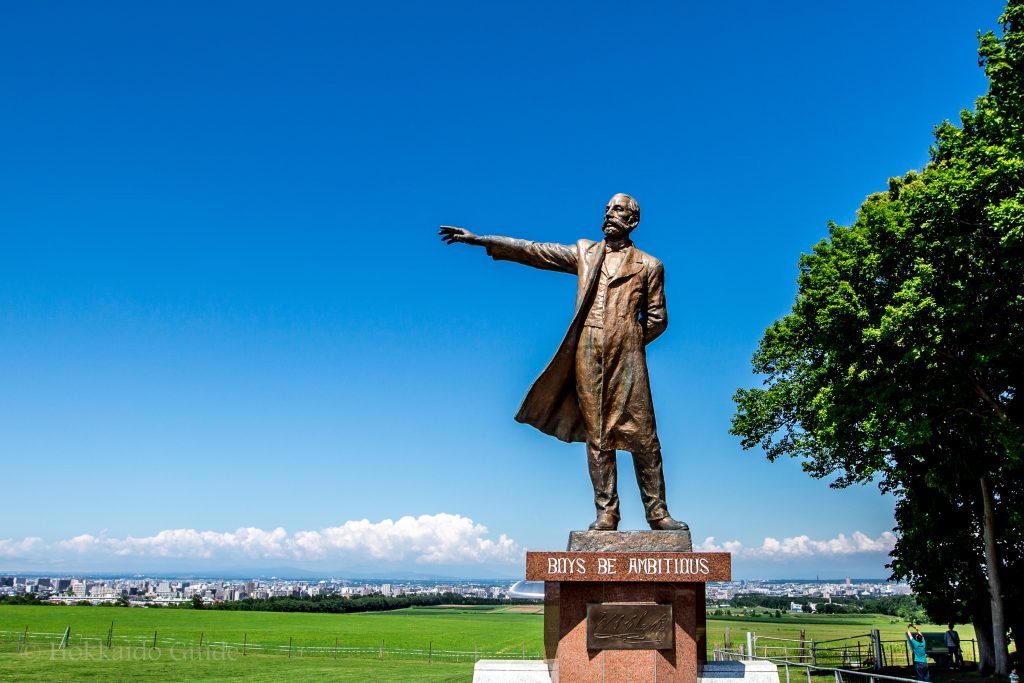
| Admission | Adults : ¥520 (groups ¥470) Children: ¥300 (groups ¥270) |
| Opening Hours | May - June: 8:30 -18:00 July - August: 8:30 - 19:00 September: 8:30 - 18:00 October - April: 9:00 - 17:00 |
| Closed | - |
| Contact | 011-851-3080 |
| Notes | Buses available Wheelchair access Free parking for 150 vehicles Credit cards available |
| Location / Getting There | 1 Hitsujigaoka, Toyohira-ku, Sapporo-shi, Hokkaidō 062-0045 Hokkaido Chuo Bus: 10 minutes from Fukuzumi Station (Tōhō Line) to Hitsujigaoka Tenbodai Bus stop. |
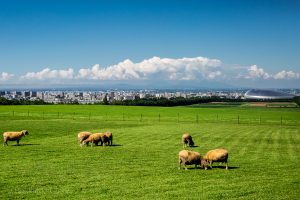 Hitsujigaoka which literally means, “Hill of Sheep”, was first developed in 1906 as a cattle breeding station, and then sheep breeding was introduced in 1919. At its peak it was the home to 2,000 sheep. The hill now, is the home to the famous statue of Dr. William Clark, and commands a stunning view overlooking the Ishikari Plains, with Sapporo Dome in the foreground. The hill also has an “Austrian House” souvenir shop, a rest house & restaurant serving mutton, a wedding chapel, a lavender garden in summer and the Snow Festival Museum.
Hitsujigaoka which literally means, “Hill of Sheep”, was first developed in 1906 as a cattle breeding station, and then sheep breeding was introduced in 1919. At its peak it was the home to 2,000 sheep. The hill now, is the home to the famous statue of Dr. William Clark, and commands a stunning view overlooking the Ishikari Plains, with Sapporo Dome in the foreground. The hill also has an “Austrian House” souvenir shop, a rest house & restaurant serving mutton, a wedding chapel, a lavender garden in summer and the Snow Festival Museum.
[the_ad id=”4264″]
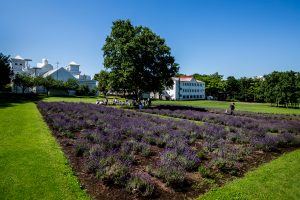 The Austrian House has plenty of souvenirs to choose from, and has ice cream for those hot, sunny days. Around the back is a huge field and a beautiful lavender garden that is in full bloom in the summer. People visiting are allowed to cut the lavender into bouquets at the end of the season and take them home! Nearby is a white birch grove, where you can wander about. For lunch, at the Rest House, there is a restaurant that is set up for “Jingisukan” (a Hokkaido dish of grilled mutton cooked on a hotplate). The two floor restaurant also has venison, lamb chops, and there is an all you can eat & drink option. Prices range from ¥1200 – ¥2200.
The Austrian House has plenty of souvenirs to choose from, and has ice cream for those hot, sunny days. Around the back is a huge field and a beautiful lavender garden that is in full bloom in the summer. People visiting are allowed to cut the lavender into bouquets at the end of the season and take them home! Nearby is a white birch grove, where you can wander about. For lunch, at the Rest House, there is a restaurant that is set up for “Jingisukan” (a Hokkaido dish of grilled mutton cooked on a hotplate). The two floor restaurant also has venison, lamb chops, and there is an all you can eat & drink option. Prices range from ¥1200 – ¥2200.
The chapel
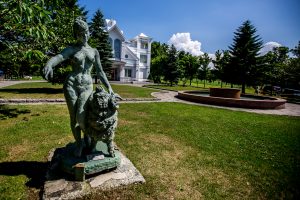
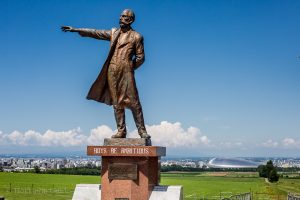 The most famous aspect of Hitsujigaoka Observation Hill, is the statue of the Dr. William Smith Clark, the father of pioneers in Hokkaido and who left the famous words “boys be ambitious”. His right arm is raised in his characteristic pose as he points “toward the eternal truth which lies far in the distance”. Dr. William Smith Clark was the first “hired foreigner” and served as the vice-principal at the Sapporo Agricultural School (presently Hokkaido University) in 1876. Although he served for only 8 months he had a great influence on all the students. His statue was set up at the Hitsujigaoka Observation Hill as the university was being overwhelmed by tourists.
The most famous aspect of Hitsujigaoka Observation Hill, is the statue of the Dr. William Smith Clark, the father of pioneers in Hokkaido and who left the famous words “boys be ambitious”. His right arm is raised in his characteristic pose as he points “toward the eternal truth which lies far in the distance”. Dr. William Smith Clark was the first “hired foreigner” and served as the vice-principal at the Sapporo Agricultural School (presently Hokkaido University) in 1876. Although he served for only 8 months he had a great influence on all the students. His statue was set up at the Hitsujigaoka Observation Hill as the university was being overwhelmed by tourists.
To get to Hitsujigaoka Observation Hill, you need to take the subway to Fukuzumi station on the Toho Line (blue line). From there take the 84 bus (Fuku Hachiju yon, Hitsujigaoka sen). Get off at the last stop Hitsujigaoka observation hill (Hitsujigaoka tenboudai). If you are driving, it is a 25 minute drive from Sapporo station.
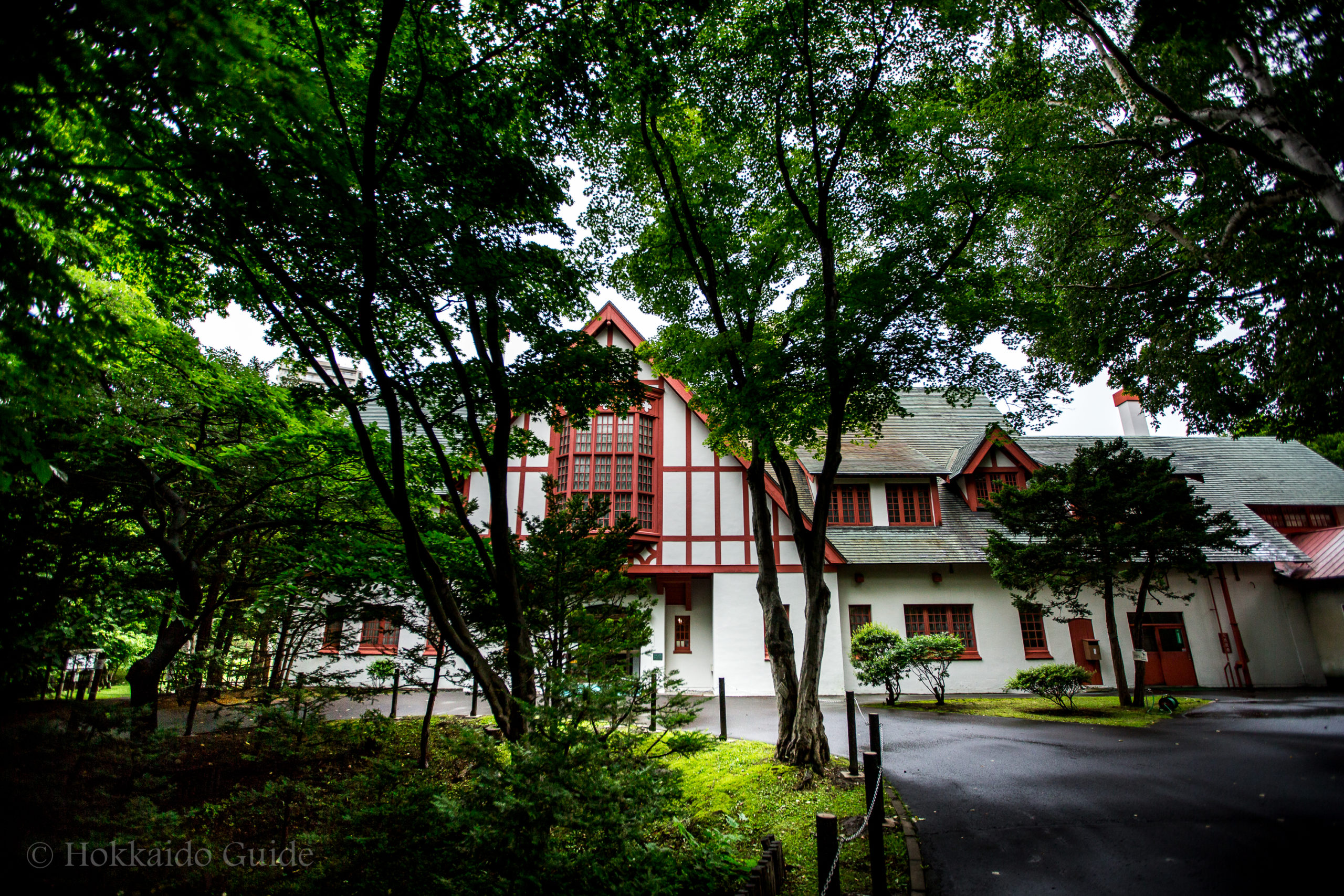
Hokkaido Governor’s Official Residence
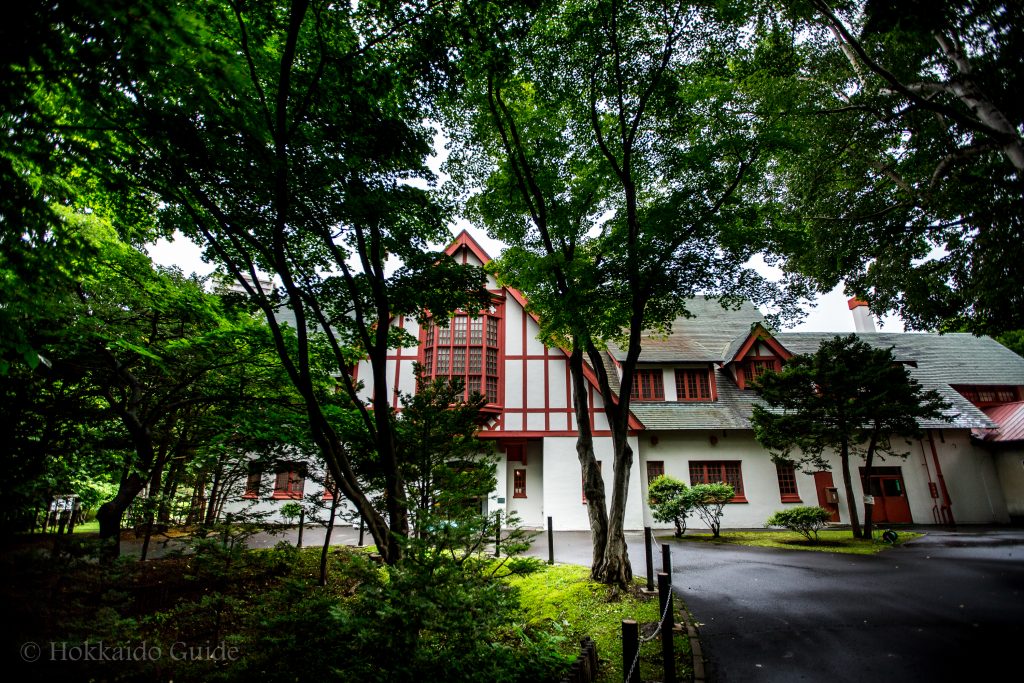
| Admission | Free |
| Opening Hours | Residence: 9:00 - 17:00 Garden: 8:45 - 17:30 |
| Closed | Weekends, public holidays, New Years *Closed occasionally due to official affairs |
| Contact | 011-611-4221 |
| Notes | No parking |
| Location / Getting There | 16 Chome Kita 1 Jōnishi, Chūō-ku, Sapporo-shi, Hokkaidō 060-0001 5 minute walk from Nishi 18 Chome subway station (Tozai Line) Located across from the Hokkaido Museum of Modern Art From Sapporo Station on JR, Subway Namboku and Toho Lines, take the Chuo Bus or JR Hokkaido Bus (42, 55, 65, 57, 66, 80, 62, 63) and get off at "Doritsu kindai bijutsukan" |
Spacious lawn
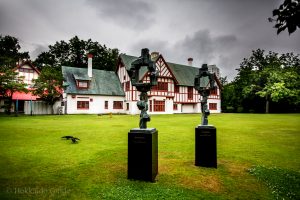
[the_ad id=”4264″]
Japanese elms
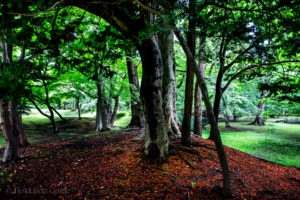
The house itself is 2 stories and is designed in the ‘Half-timber style’ similar to that of English and northern European architecture. The reception staff is very helpful and you are free to walk around and look through the rooms, though taking off shoes is required. There are a dozen or so rooms to look around and are spacious with high ceilings and oak furnishings. It is interesting to walk through and read about each room! Information is available in multiple languages.

